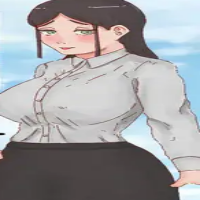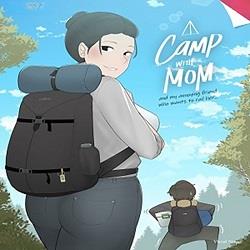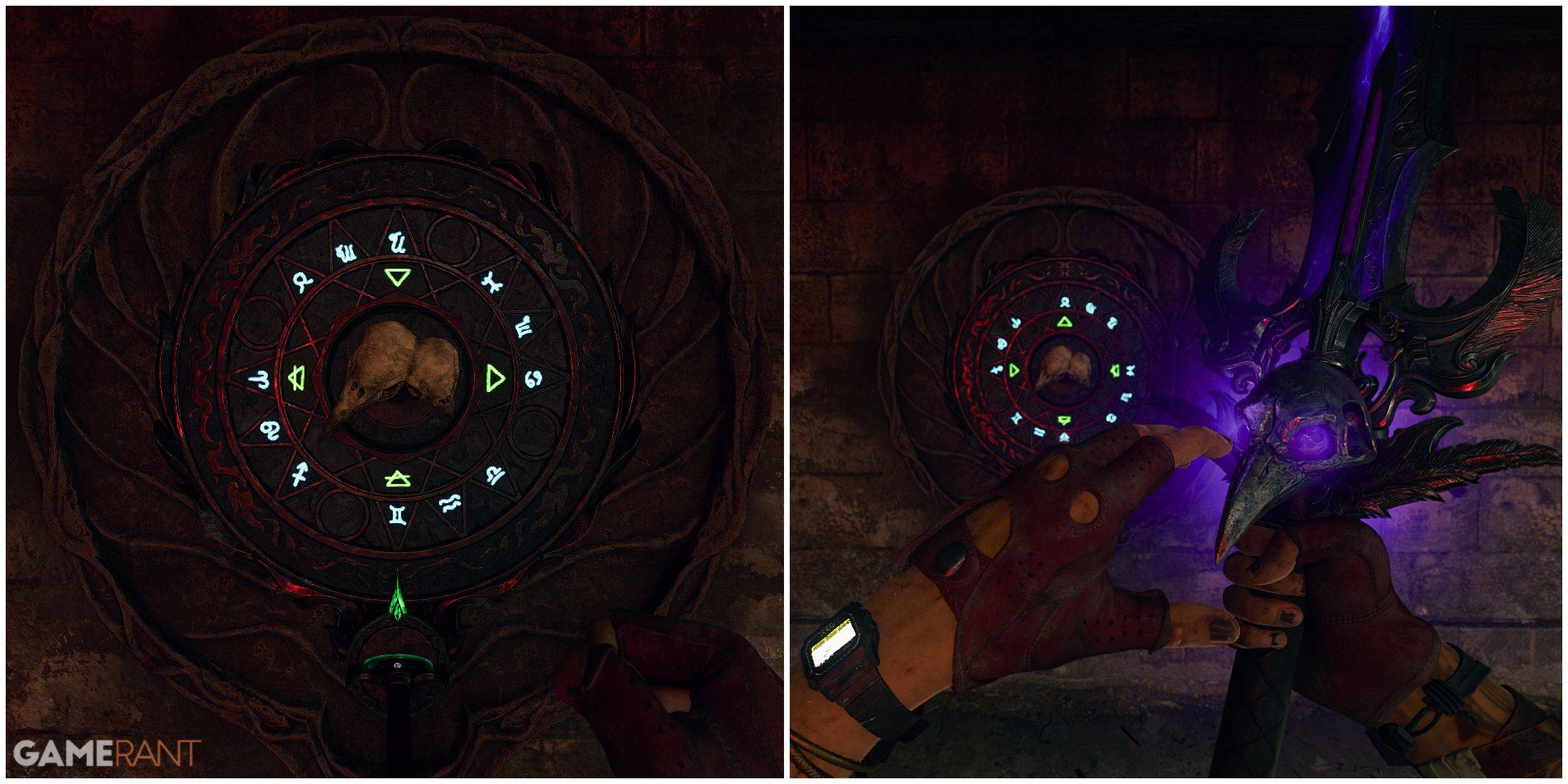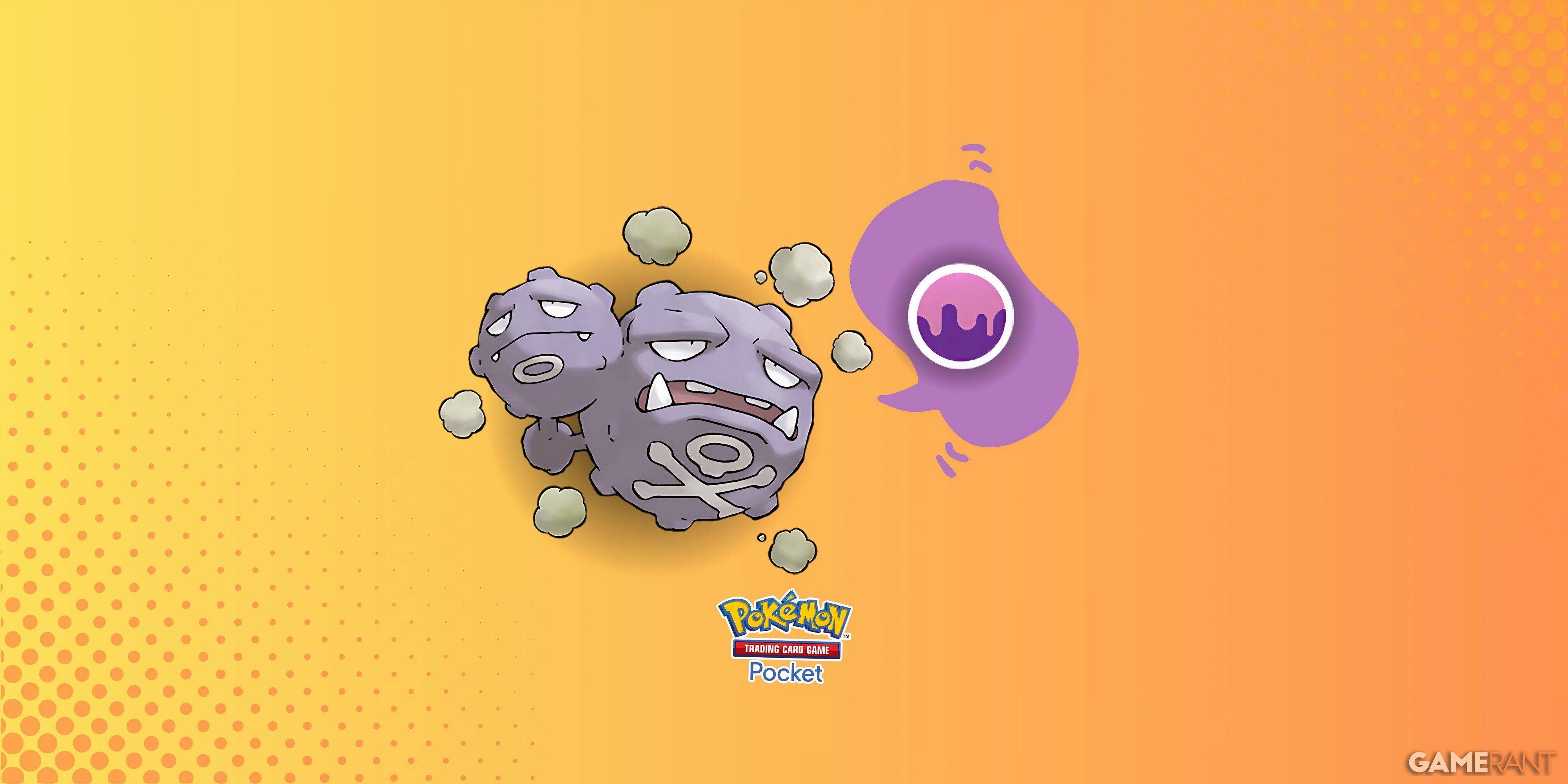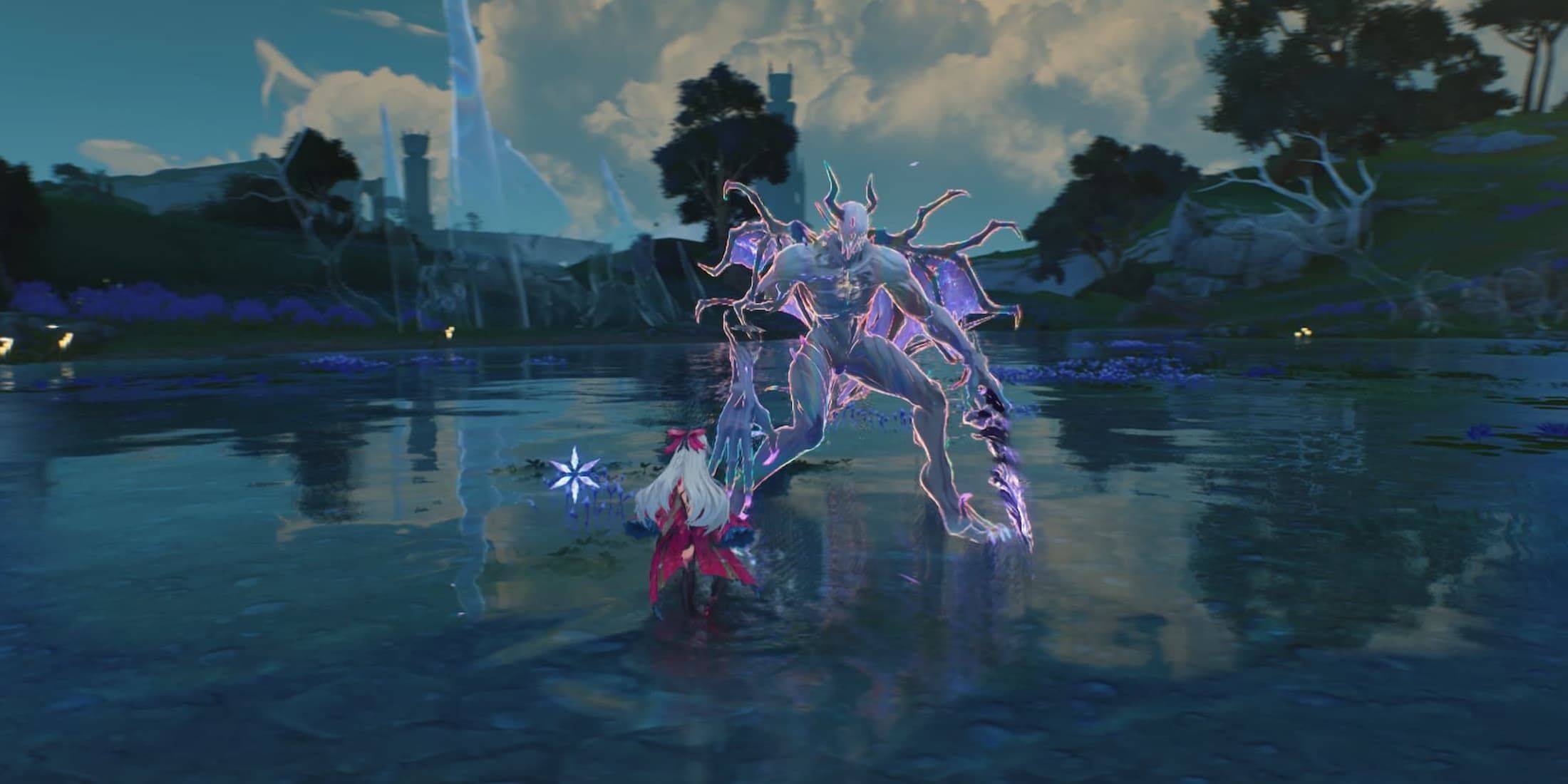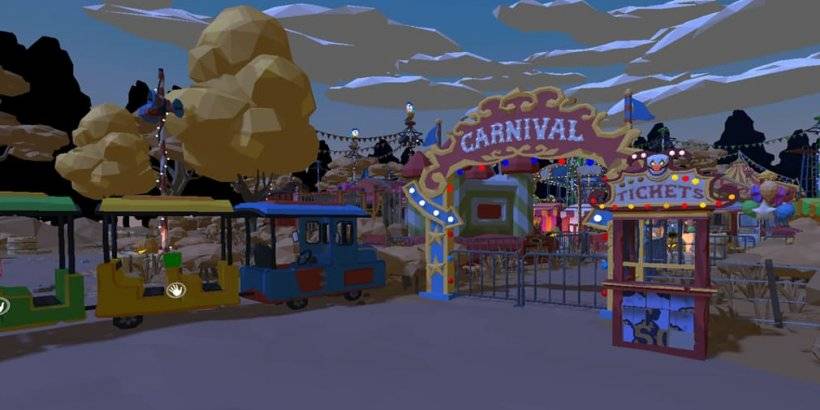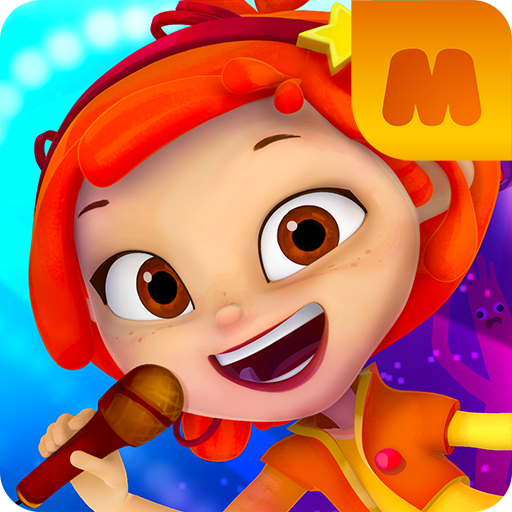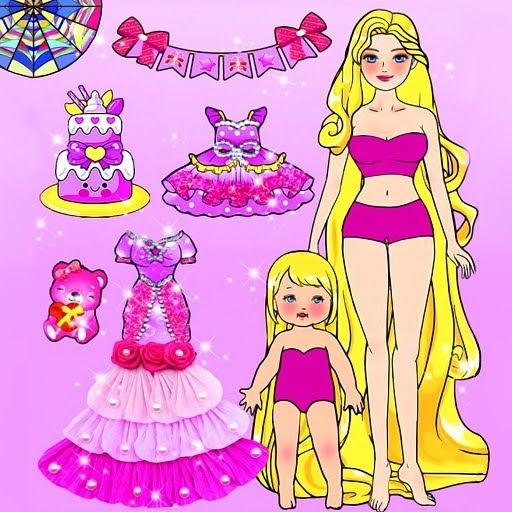Cinderella at 75: The Princess and Glass Slippers That Saved Disney
Just as Cinderella's dream was set to end at midnight, The Walt Disney Company faced its own financial crisis in 1947, burdened by a $4 million debt from the underperformance of films like Pinocchio, Fantasia, and Bambi, largely due to World War II. Yet, it was the beloved princess and her iconic glass slippers that ultimately saved Disney from an untimely end to its animation legacy.
As Cinderella celebrates its 75th anniversary of its wide release on March 4, we've engaged with Disney insiders who continue to draw inspiration from this timeless tale of transformation from rags to riches. This story not only parallels Walt Disney's own journey but also offered a beacon of hope for the company and a world in recovery, yearning for something to believe in once more.
The Right Film at the Right Time --------------------------------To understand the significance of Cinderella, we must revisit Disney's fairy godmother moment in 1937 with Snow White and the Seven Dwarfs. Its success, the highest-grossing film until Gone with the Wind surpassed it, enabled Disney to establish its Burbank studio and embark on a path of feature-length animated films.
However, Disney's subsequent films faced challenges. Pinocchio, released in 1940 with a $2.6 million budget, ended up losing around $1 million despite its critical acclaim and Academy Awards. Similarly, Fantasia and Bambi underperformed, contributing to the studio's growing debt. The outbreak of World War II in 1939, with Germany's invasion of Poland, played a significant role in these financial struggles.
"Disney's European markets dried up during the war, and the films weren't being shown there, so releases like Pinocchio and Bambi did not do well," explained Eric Goldberg, co-director of Pocahontas and lead animator on Aladdin's Genie. "The studio was then tasked by the U.S. government to produce training and propaganda films. Throughout the 1940s, Disney shifted to making 'Package Films' like Make Mine Music and Melody Time, which were collections of short cartoons rather than cohesive narratives."
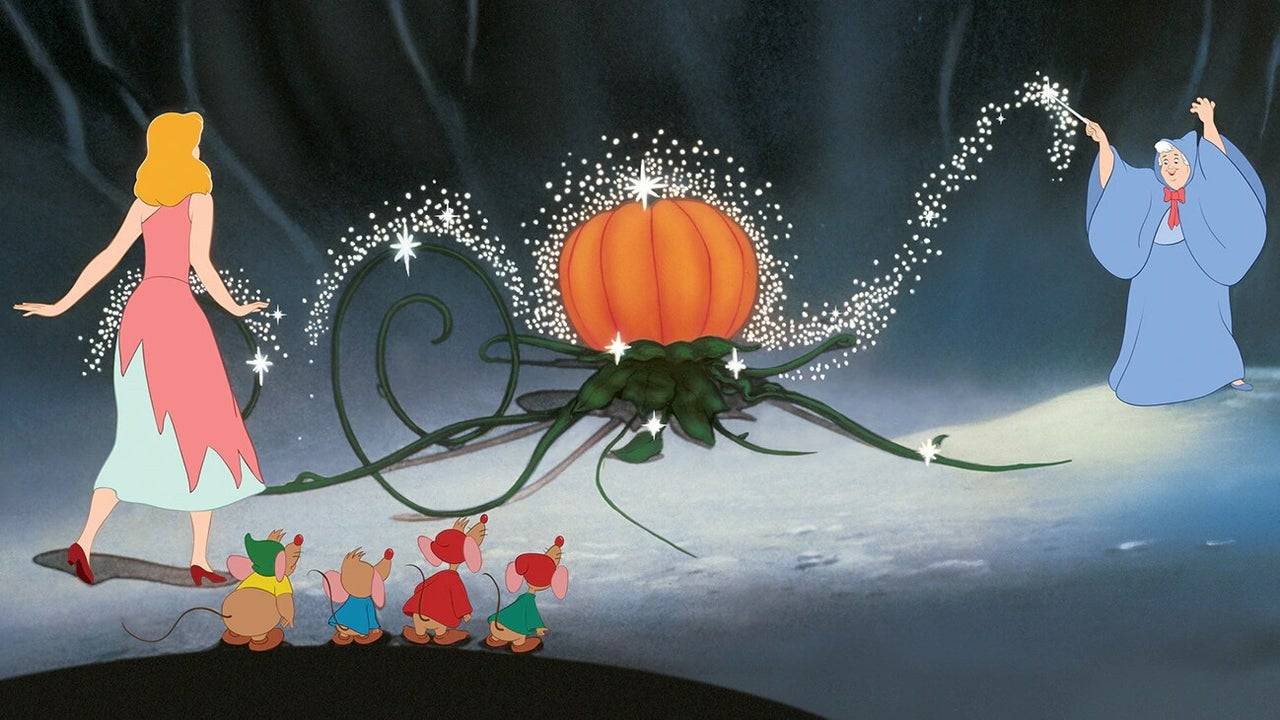
These Package Films, including Saludos Amigos and The Three Caballeros, were part of the U.S.'s Good Neighbor Policy to counter Nazism in South America. While they managed to break even and slightly reduce the studio's debt, they delayed Disney's return to feature-length storytelling.
Walt Disney expressed his determination to return to feature films in 1956, as documented in The Animated Man: A Life of Walt Disney by Michael Barrier. Facing the possibility of selling his shares and leaving the company, Walt and his brother Roy chose to take a risk on what would become Disney's first major animated feature since Bambi in 1942. The success of this film was critical to the survival of Disney's animation studio.
"At this time, Alice in Wonderland, Peter Pan, and Cinderella were all in development, but Cinderella was chosen as it mirrored the success of Snow White," said Tori Cranner, Art Collections Manager at Walt Disney Animation Research Library. "Walt recognized that post-war America needed hope and joy, which Cinderella provided in a way that other films like Pinocchio did not. The world needed the idea that we can rise from the ashes and experience something beautiful."
Cinderella and Disney’s Rags to Riches Tale
Walt Disney's connection to Cinderella dates back to 1922 when he created a Cinderella short during his time at Laugh-O-Gram Studios. This early work, based on Charles Perrault's 1697 version of the tale, reflected a story of good versus evil, true love, and the power of dreams, themes that resonated deeply with Walt.
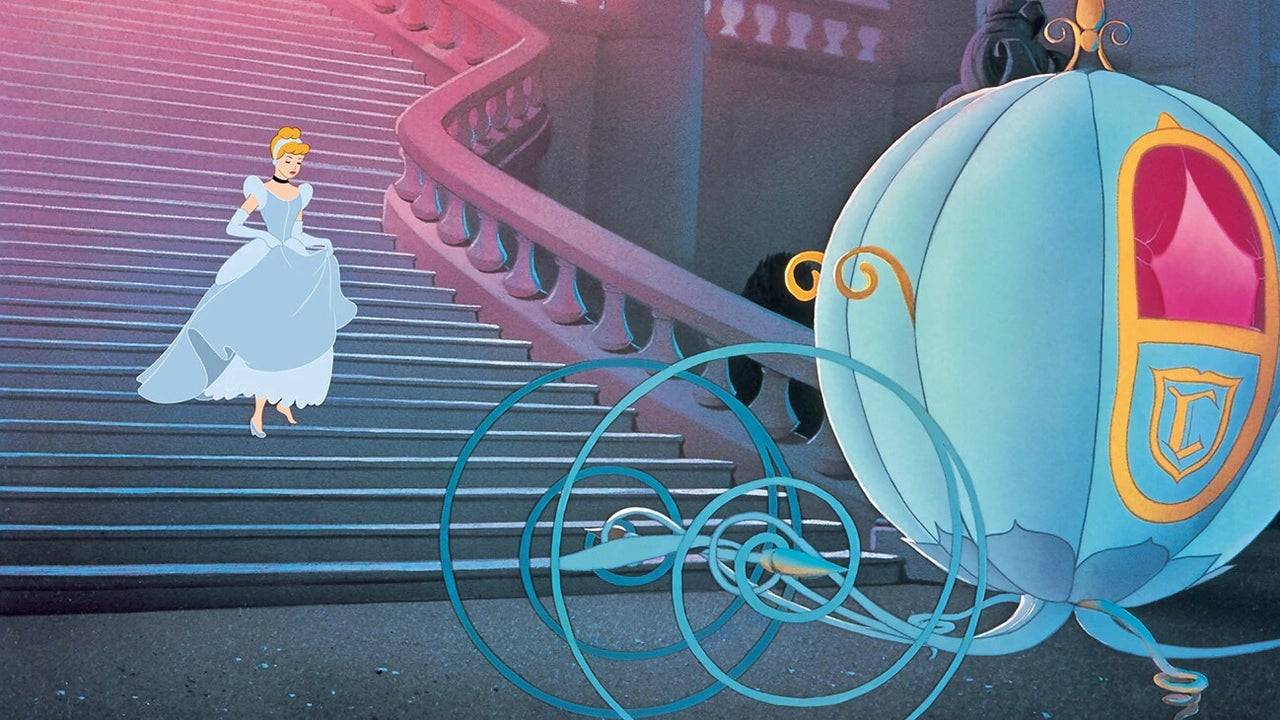
"Snow White was a kind and simple girl who believed in wishes and waiting for her Prince Charming, but Cinderella was more practical," Walt Disney remarked in a special DVD feature, Cinderella: The Making of a Masterpiece. "She believed in dreams, but she also took action to achieve them, going to the palace herself to find her prince."
Cinderella's resilience and proactive nature, despite her hardships, mirrored Walt's own journey from humble beginnings through numerous failures to success driven by an unwavering dream and work ethic. This story remained with Walt, leading to attempts to revive it as a Silly Symphony short in 1933, eventually evolving into a feature film by 1950.
Disney's ability to transform these classic tales into universally appealing stories was key to Cinderella's success. "Disney took these age-old fairytales and infused them with his unique touch, making them more engaging and timeless," Goldberg noted. "The original tales were often grim cautionary stories, but Disney made them enjoyable for all audiences."
Cinderella's animal friends, including Jaq, Gus, and the birds, added humor and warmth to her story, allowing audiences to connect with her character on a deeper level. The Fairy Godmother, reimagined as a relatable, bumbling figure by animator Milt Kahl, further endeared the film to viewers. The iconic transformation scene, where Cinderella's belief in herself and her dream culminates in a magical night, remains a highlight of Disney's legacy.
The animation of Cinderella's dress transformation, credited as Walt's favorite, was meticulously crafted by Disney Legends Marc Davis and George Rowley. "Every sparkle was hand-drawn and painted, and there's a perfect moment of pause before the dress changes, adding to the scene's magic," Cranner enthused.
The addition of the breaking glass slipper at the film's end emphasized Cinderella's agency and strength, as noted by Goldberg: "Cinderella isn't just a passive character; she's resourceful and in control, presenting the other slipper as a solution."
Cinderella premiered in Boston on February 15, 1950, and its wide release on March 4 was a resounding success, grossing $7 million on a $2.2 million budget. It became the sixth-highest grossing film of 1950 and received three Academy Award nominations, signaling Disney's triumphant return to narrative feature films.
"Cinderella's release was met with critical acclaim, marking Disney's return to form," Goldberg said. "It revitalized the studio, paving the way for future classics like Peter Pan, Lady and the Tramp, and Sleeping Beauty."
75 Years Later, Cinderella’s Magic Lives On
Today, Cinderella's influence continues to resonate within Disney and beyond. Her iconic castle graces the entrances of Disney parks worldwide, and her legacy is evident in modern Disney films, such as the dress transformation scene in Frozen, animated by Becky Bresee.
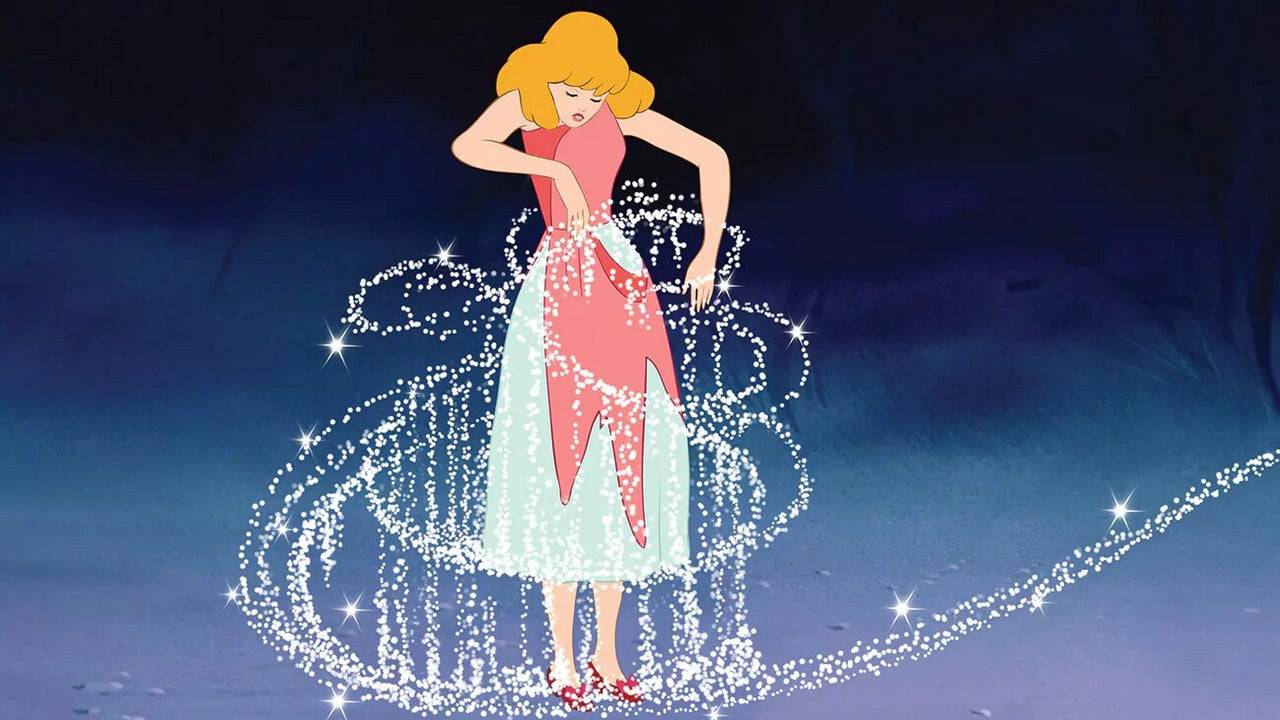
"Cinderella's impact is seen in the sparkles and effects of Elsa's dress transformation," Bresee shared. "We honor the legacy of Cinderella and other classic films in our work."
The contributions of Disney's Nine Old Men and Mary Blair to Cinderella's distinctive style and character development are also noteworthy. As Eric Goldberg aptly summarized, "Cinderella's enduring message is one of hope and perseverance, reminding us that dreams can come true, no matter the era."
Latest Articles



![Taffy Tales [v1.07.3a]](https://imgs.anofc.com/uploads/32/1719554710667e529623764.jpg)
